Medium access control messaging scheme for cognitive radio networks
dc.contributor
Universitat de Girona. Departament d'Arquitectura i Tecnologia de Computadors
dc.contributor.author
Bolívar Díaz, Nicolás
dc.date.accessioned
2012-09-17T11:02:23Z
dc.date.available
2012-09-17T11:02:23Z
dc.date.issued
2012-07-30
dc.identifier.uri
http://hdl.handle.net/10803/84098
dc.description.abstract
Cognitive Radio (CR) is one possible option for mitigating the inefficient wireless spectrum distribution that occurs as a result of fixed spectrum allocation. The use of Dynamic Spectrum Access capabilities will potentially enable secondary users to utilize available and unoccupied frequency slots (channels) whenever the licensed users for those channels are absent. In Cognitive Radio Networks (CRNs), whenever users access the spectrum in an opportunistic manner, control messaging is a crucial issue to ensure that secondary users, i.e. Cognitive Radio Users (CRUs), do not interfere with the licensed users, i.e. Primary Users. In CRNs, where not all CRUs share the same set of channels, i.e. CRUs with Heterogeneous Frequency Devices (HFD), a set of channels must be chosen with care to allow all CRUs in the network to be able to transmit and receive control information. The thesis considers how Control Messaging Schemes (CMSs) can be used within CRNs and proposes a novel CMS for a CRN supporting HFDs. The thesis starts by classifying the CMSs; generating a new taxonomy and identifying the main characteristics for an efficient CRN with HFD. Then, different mathematical approaches for choosing the set of channels used for control information are presented. Next, a CMS for a CRN with HFDs model based upon the aforementioned characteristics and calculating the minimum number of channels for transmitting control information is proposed. Finally the thesis concludes with a number of CMS being presented and evaluated in terms of their impact upon transmission efficiency.
eng
dc.format.extent
126 p.
cat
dc.format.mimetype
application/pdf
dc.language.iso
eng
cat
dc.publisher
Universitat de Girona
dc.rights.license
ADVERTIMENT. L'accés als continguts d'aquesta tesi doctoral i la seva utilització ha de respectar els drets de la persona autora. Pot ser utilitzada per a consulta o estudi personal, així com en activitats o materials d'investigació i docència en els termes establerts a l'art. 32 del Text Refós de la Llei de Propietat Intel·lectual (RDL 1/1996). Per altres utilitzacions es requereix l'autorització prèvia i expressa de la persona autora. En qualsevol cas, en la utilització dels seus continguts caldrà indicar de forma clara el nom i cognoms de la persona autora i el títol de la tesi doctoral. No s'autoritza la seva reproducció o altres formes d'explotació efectuades amb finalitats de lucre ni la seva comunicació pública des d'un lloc aliè al servei TDX. Tampoc s'autoritza la presentació del seu contingut en una finestra o marc aliè a TDX (framing). Aquesta reserva de drets afecta tant als continguts de la tesi com als seus resums i índexs.
dc.source
TDX (Tesis Doctorals en Xarxa)
dc.subject
Cognitive radio network
cat
dc.subject
Redes de radio cognitivas
cat
dc.subject
Xarxes de radio cognitives
cat
dc.subject
Dynamic spectrum access
cat
dc.subject
Espectro de acceso dinámico
cat
dc.subject
Espectre d'accés dinàmic
cat
dc.subject
Cognitive pilot channels
cat
dc.subject
Canales cognitivos
cat
dc.subject
Canals cognitius
cat
dc.subject
Heterogeneous frequency devices
cat
dc.subject
Dispositivos heterogéneos en frecuencia
cat
dc.title
Medium access control messaging scheme for cognitive radio networks
cat
dc.type
info:eu-repo/semantics/doctoralThesis
dc.type
info:eu-repo/semantics/publishedVersion
dc.subject.udc
68
cat
dc.contributor.director
Marzo i Lázaro, Josep Lluís
dc.embargo.terms
cap
cat
dc.rights.accessLevel
info:eu-repo/semantics/openAccess
dc.identifier.dl
Gi. 1425-2012
cat


